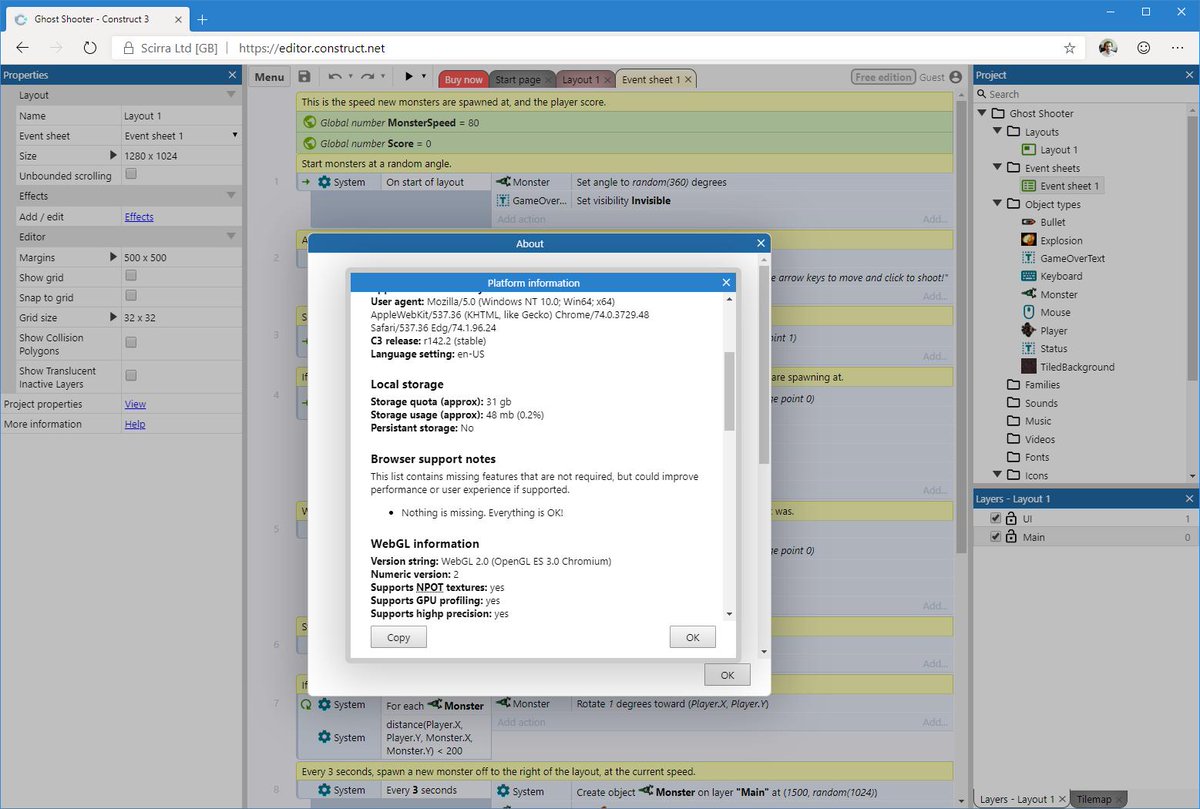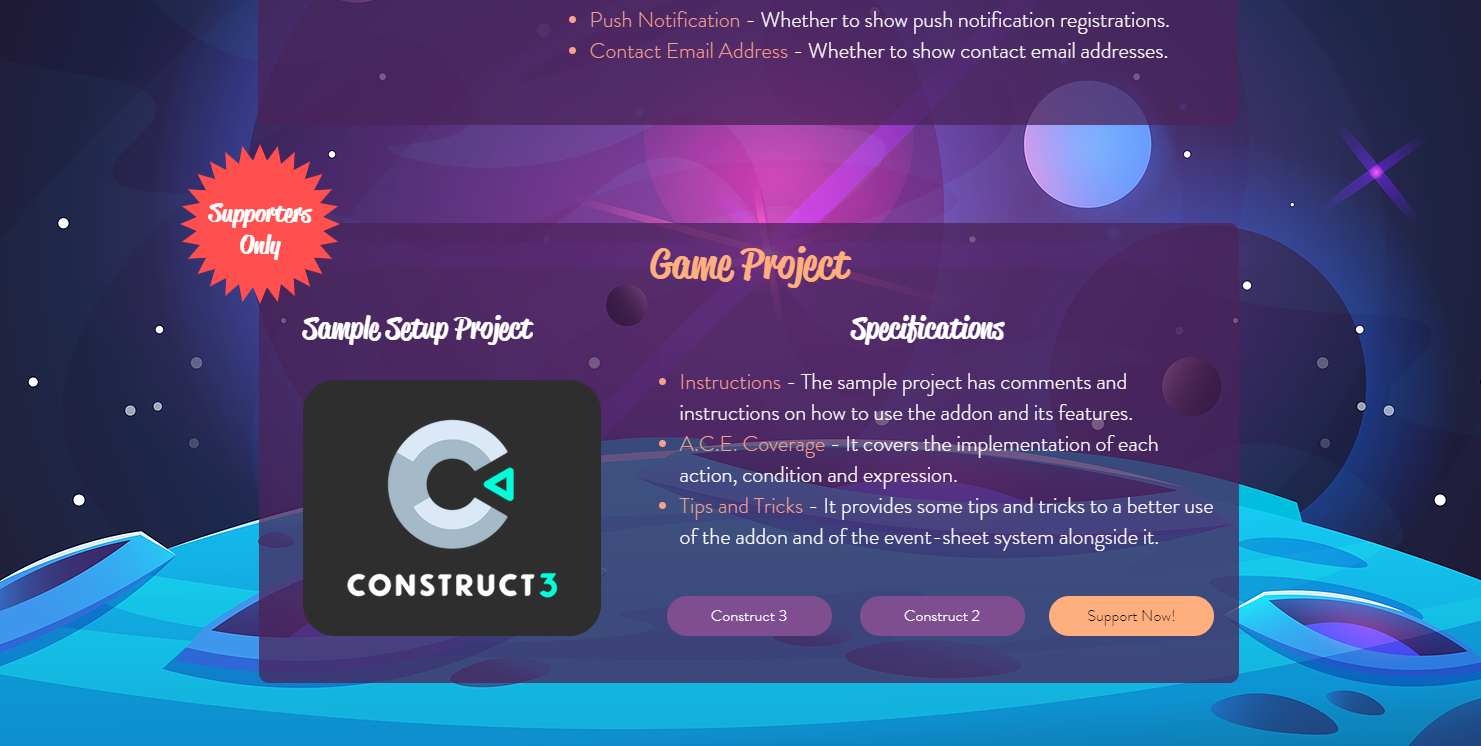
Some of our literature is available in-print.

Construct 3 action or action crack#
Construct 3 action or action code#
The following code sets an internal switch that fixes this bug: public static void Main(string args)ĪppContext.SetSwitch(" Action Kit Resources to Help Providers Treat Patients Who Use Cocaine See GitHub bugs 1869 for example cases that hit this bug.Īn opt-in fix for this bug is contained in. Removing other routes makes catch-all route start working.The catch-all route fails to match requests it should match.The ASP.NET Core MVC template generates conventional routing code similar to the following: var builder = WebApplication.CreateBuilder(args) ī() See the 2.2-3.0 migration guide for instructions. It's possible to use controllers with the previous version of routing for compatibility purposes.

Refers to the default routing system called endpoint routing. Guidelines to Developing Emergency Action Plans for All-Hazard Emergencies in High-Rise Office Buildings t FOREWORD The management of building occupants within high-rise buildings is a primary concern during emergencies.See Routing for advanced routing details.If you're primarily interested in routing for REST APIs, jump to the Attribute routing for REST APIs section. Attribute routing used with REST APIs.Conventional routing typically used with controllers and views.How typical MVC apps make use of routing features.Explains the interactions between MVC and routing:.Placing a route on the controller or action makes it attribute-routed. The generated links are typically returned in responses.Īctions are either conventionally-routed or attribute-routed. Describe how URL paths are matched to actions.Are defined at startup in Program.cs or in attributes.ASP.NET Core controllers use the Routing middleware to match the URLs of incoming requests and map them to actions.


 0 kommentar(er)
0 kommentar(er)
